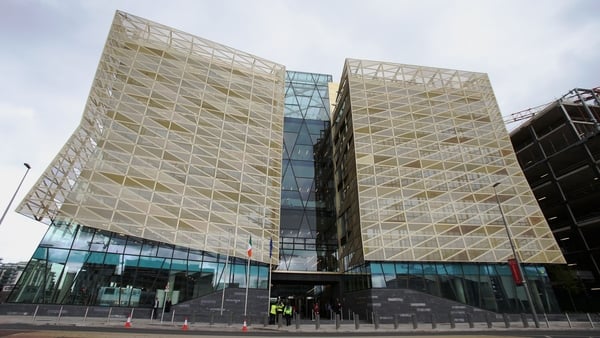Existing tenants pay markedly less rent than new tenants, a new study by the Economic and Social Research Institute (ESRI) has found.
The research discovered that between April and September of last year, on average across all properties, existing tenants nationally paid €1,303 a month, while new tenants paid €1,515, which is a 16% difference.
The analysis also found that for similar properties nationally the rents faced by existing tenants were 15.2% lower than those faced by new tenants.
"Most rental market indicators typically focus only on those starting new tenancies," said author Dr Rachel Slaymaker.
"Our findings show on average longer-term or sitting tenants are paying much lower rents than new tenants.
"With almost one-fifth of Irish households renting from a private landlord these data are crucial for understanding the sector as a whole.
"Observing large differences between existing and new tenancy rents can help to identify particular pressure points in the market."
The ESRI established that the differences were less than the average in Dublin, where the gap was 13.4%, and in the Greater Dublin area excluding the capital, where it was 12.5%.
But in the rest of the country, the gap was higher, at 17.3%.
Dr Slaymaker said is very likely that an increase in remote workers has resulted in new rents outside of urban areas increasing.
We need your consent to load this rte-player contentWe use rte-player to manage extra content that can set cookies on your device and collect data about your activity. Please review their details and accept them to load the content.Manage Preferences
Speaking on RTÉ's Morning Ireland, Dr Slaymaker said: "If we look at particular places, for instance, take somewhere like Westmeath, also places like Wexford, places that would be not too far away from Dublin - potentially sort of possible for commuting in the odd day a week, but people wouldn't be have been living there perhaps when they were having to come in five days a week.
"So we do definitely see bigger increases in areas sort of in the next band out from around Dublin in particular."
The analysis was based on data from the new Residential Tenancies Board (RTB) annual tenancy registration database and funded by the RTB.
The largest gaps between the rents paid by sitting and new tenants were found to be in the northwest, west and parts of the midlands.
However, smaller gaps were found to exist in tenancies in the east of the country, with the authors suggesting this is likely a reflection of the rapid rental inflation in new tenancies in more rural areas lately and lower property turnover in these places.
In the capital, over one in five existing tenancies are above €2,000, compared to nearly two-fifths of new tenancies.
Around a quarter of new tenancies in Dublin are priced at €1,500 or less compared to two in five existing ones, the ESRI analysis found.
In the greater Dublin area, while almost four in five existing tenancies are priced at €1,500 or less, only two-thirds of new tenancies fall under this threshold.
This compares to 60% of existing tenancies that were priced between €501-1,000 in the rest of the country, while less than half of new tenancies fell within this band.
The researchers also found that the characteristics between new and existing tenancies differed, with one bedroom properties make up a higher share of new tenancies compared to existing ones.
In contrast, three-bedroom tenancies and those living in non-urban areas make up a lower share of new tenancies compared to existing ones.
The ESRI suggests that this is an indicator that smaller properties and those in more urban areas turn over more frequently and are therefore over-represented in new tenancy measures relative to their share in the market as a whole.
"The RTB welcomes this detailed analysis by the ESRI which provides new information on prevailing rents being paid by new and existing tenants in the private rental sector," said Niall Byrne, Director of the RTB.
"This analysis demonstrates one of the benefits of the annual registration requirement for tenancies which was introduced in early 2022."
"The RTB looks forward to working with the ESRI and other stakeholders to develop further insights from our enhanced data over the coming months."
Leader of the Labour Party Ivana Bacik said that today's ESRI report on renters shows that they need more rights and protection.
She said that the whole country should be declared a rent pressure zone.
Minister for Enterprise Simon Coveney rejected the suggestion, but acknowledged that the Government needs to "keep a close eye" on the exclusion of new properties from rent caps.






